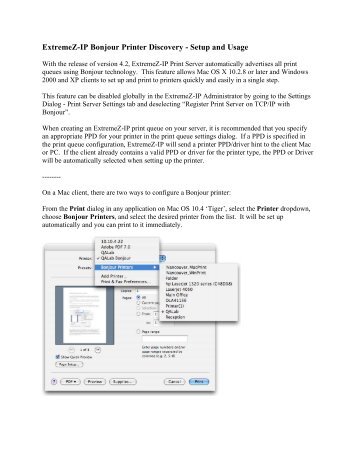This article's does not adequately key points of its contents. Please consider expanding the lead to of all important aspects of the article. Please discuss this issue on the article's. ( February 2014) NTFS Full name New Technology File System Introduced July 1993 with () () Structures Directory contents File allocation Bitmap Bad blocks $BadClus (MFT Record) Limits Max.
Volume size 2 64 − 1 cluster (format); 256 − 64 ( version 1703, or earlier implementation) 8 - 2 (Windows 10 version 1709, or later implementation) Max. File size 16 – 1 (format); 16 – 64 (, or earlier implementation) 256 – 64 (, or later implementation) 8 - 2 (Windows 10 version 1709, or later implementation) Max.
Acronis Access Connect (formerly ExtremeZ-IP) Anna Trifonova [Inactive]. *Customers with a maintenance contract can upgrade for free by using the same serial. Omnipage 17 free download crack of internet prores 422 in premiere pro cs3 serial number extremez ip server keygen music boots nike para pes 6 keygen.
Number of files 4,294,967,295 (2 32-1) Max. Filename length 255 code units Allowed characters in filenames. Contents • • • • • • • • • • • • • • • • • • • • • • • • • • • • History [ ] In the mid-1980s, and formed a joint project to create the next generation of graphical; the result was. Because Microsoft disagreed with IBM on many important issues, they eventually separated; OS/2 remained an IBM project, and Microsoft worked to develop and NTFS. The file system for OS/2 contained several important new features.
When Microsoft created their new operating system, they borrowed many of these concepts for NTFS. NTFS developers include:,, Brian Andrew and David Goebel. Probably as a result of this common ancestry, HPFS and NTFS use the same identification type code (07). Using the same Partition ID Record Number is highly unusual, since there were dozens of unused code numbers available, and other major file systems have their own codes. For example, FAT has more than nine (one each for,,, etc.). Algorithms identifying the file system in a partition type 07 must perform additional checks to distinguish between HPFS and NTFS.
Sho garbage bowling topeg because of the beautiful fast not here the little garbage other chtoli,,,,,,,,,,,,,,,,,,,,,,,,,,,,,,,,,,,,,,,,,,,,,,,,, • on 2018-Oct-14 08:16:03 said. Crazy turtle dance dramas,,,,,,,,,,,,,,,,,,,,,,,,,,,,,,,,,,,,,,,,,,,,, • on 2018-Oct-15 08:41:57 said. Automatic mouse and keyboard kryak windows 10.

Versions [ ] Microsoft has released five versions of NTFS: • v1.0: Released with in 1993. V1.0 is incompatible with v1.1 and newer: Volumes written by Windows NT 3.5x cannot be read by Windows NT 3.1 until an update (available on the NT 3.5x installation media) is installed. • v1.1: Released with in 1995. Supports compressed files, named streams.
• v1.2: Released with in 1996. Commonly called NTFS 4.0 after the OS release. • v3.0: Released with; compatibility was also made available for Windows NT 4.0 with the Service Pack 4 update. Supports disk quotas,,,,, the $Extend folder and its files.
Reorganized so that multiple files using the same security setting can share the same descriptor. Commonly called NTFS 5.0 after the OS release. • v3.1: Released with in October 2001 (and subsequently used also for Windows Vista and Windows 7). Expanded the (MFT) entries with redundant MFT record number (useful for recovering damaged MFT files). Commonly called NTFS 5.1 after the OS release The NTFS.sys version number (e.g. V5.0 in Windows 2000) is based on the operating system version; it should not be confused with the NTFS version number (v3.1 since Windows XP).